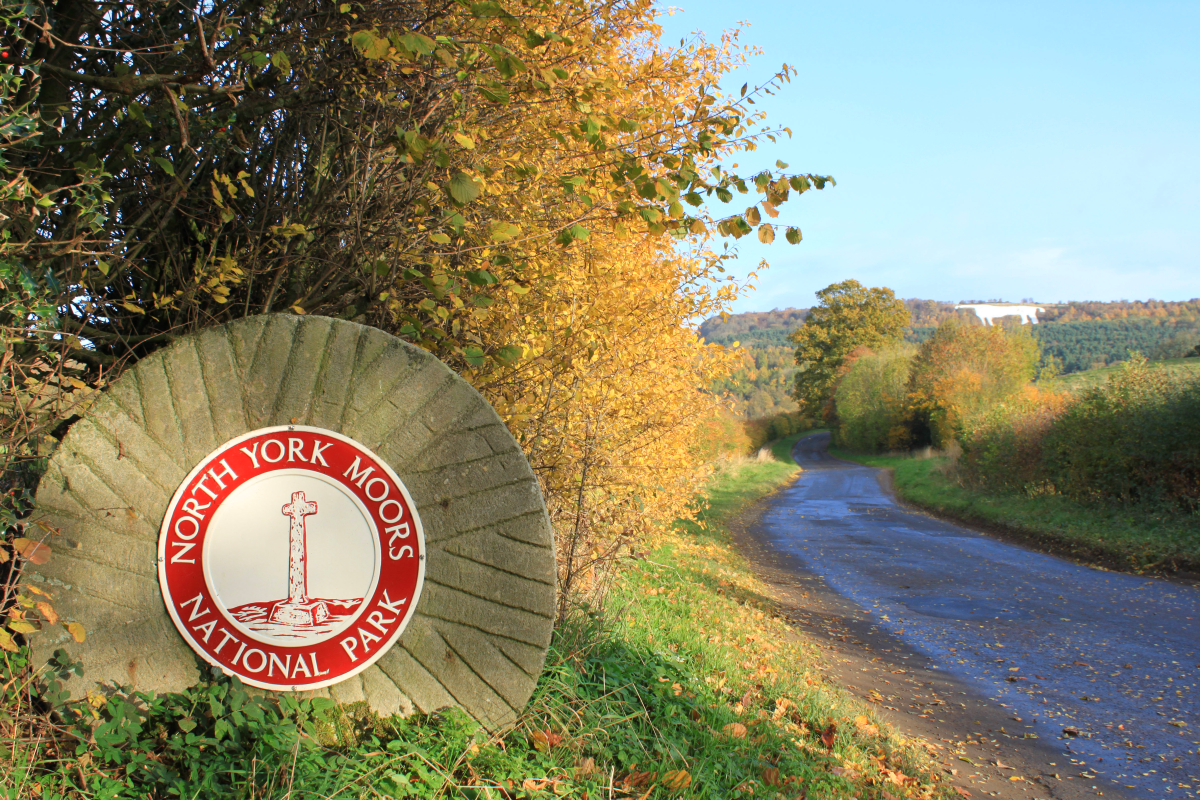
The body responsible for conserving and promoting the use of the North York Moors National Park looks set to underline its intention to generate more income to ensure it has sufficient funding for key tasks such as path maintenance in the face of dwindling government funding.
Members of the national park authority will meet at its Helmsley headquarters on Monday to consider setting a record programme of works costing £12.8m for the coming year, despite its core government grant covering just 34 per cent of the actions in the fifth year of flat cash settlements.
The authority’s strategy of generating external funding saw more than £3m of extra funding received over the last year and its leadership says a culture of using external funding to deliver project opportunities is now embedded across most areas of the authority.
Ahead of the meeting, the authority’s chairman, Jim Bailey welcomed the array of projects the authority’s biggest ever budget would enable.
He said:
“That’s not to say national parks are in the clover by any means, far from it, and inflationary pressures are a big challenge to keeping up our level of service to the public but, over time, the North York Moors has focused on getting match funds for projects over the base grant from government and earning income where we can.
“It’s crucial the work and public of our national park designation also brings benefits and business opportunities for those people whose livelihoods and skills form the local character are an essential part of a living landscape that the national park is.”
Tom Hind, the authority’s chief executive, said while the authority could look forward to the coming year from a position of some confidence, it needed to adapt, as much of the additional funding it had been able to leverage, primarily compensation from the two potash mines in the national park, was often for specific purposes.
He said the grant funding could not be used to pay for core services of the authority, whether that be planning or footpath conservation, or maintaining high levels of customer service.
Mr Hind said taking steps to standardise parking charges across the national parks and increase them in line with inflation was a necessary response to rising costs and diminishing government funding facing the authority.
When asked if parking charges would be enforced, Mr Hind said the authority had prefered to
“engage people by giving them the reasons why we charge for our car parks”.
The authority intends to start recruiting volunteers to explain the importance of the charges in its car parks, particularly through the summer, alongside explanatory messages on new signs to explain what the authority did with the payments that people make.
Mr Hind said the authority’s budget had been boosted by compensation and mitigation funding from Boulby and Woodsmith mines, enabling more environmental and community work in the north of the national park in particular.
He said with the Defra-backed Farming In Protected Landscapes programme getting extra funding, the authority would look to work with more farmers on conservation schemes.
Mr Hind added:
“We really feel the importance of harnessing partners in the national park as partners in looking after the landscapes and being advocates for the national park.”



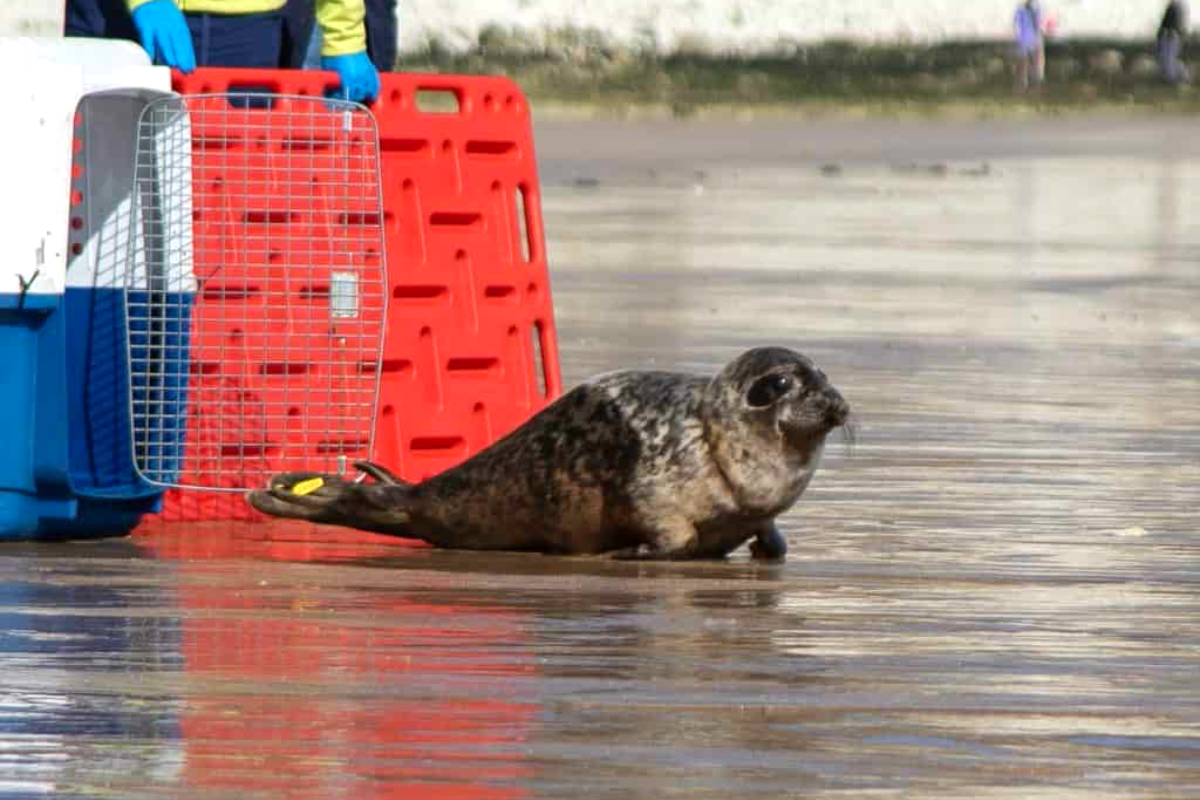 Injured Yorkshire Coast Seal Back in the Water
Injured Yorkshire Coast Seal Back in the Water
 Flamingo Land Welcomes Baby Giraffe
Flamingo Land Welcomes Baby Giraffe
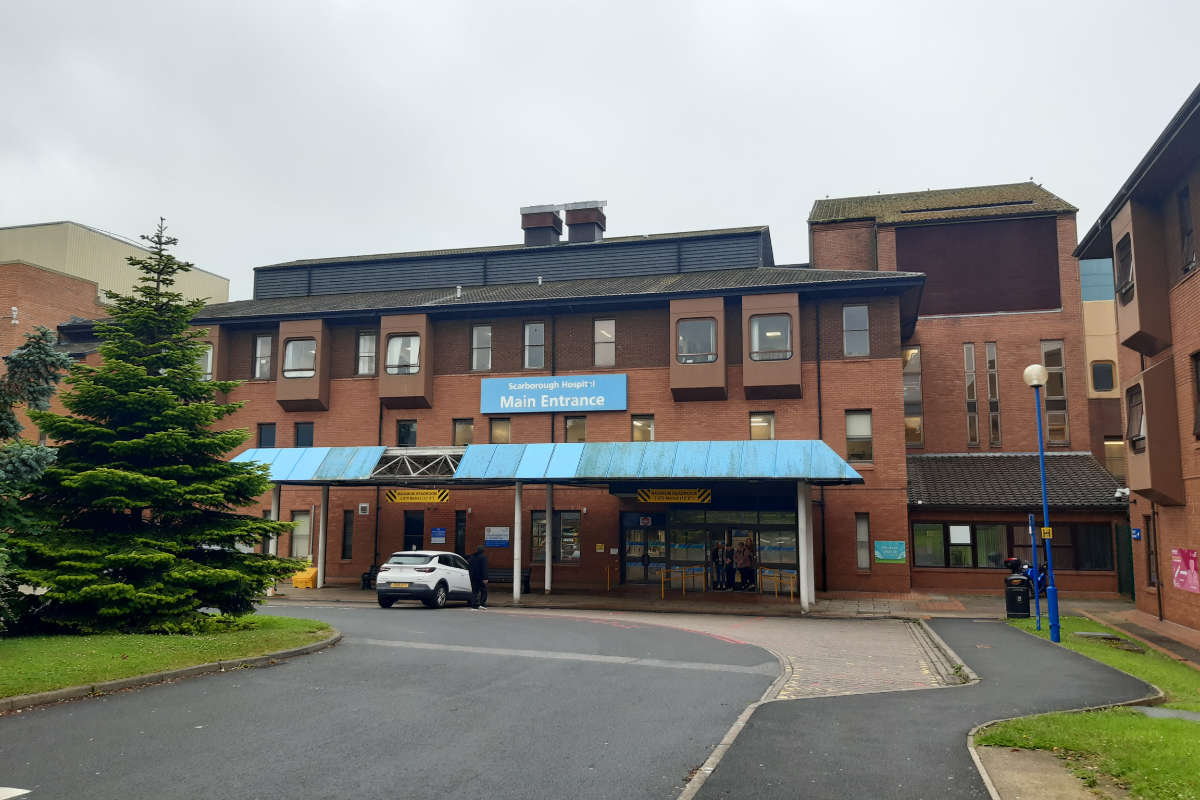 Scarborough and Whitby MP to Launch Petition for Return of Stroke Services
Scarborough and Whitby MP to Launch Petition for Return of Stroke Services
 UK Mayors Being Urged to Buy Scarborough Buses
UK Mayors Being Urged to Buy Scarborough Buses
 Free Music Events in Scarborough to Raise Funds for Andy's Man Club
Free Music Events in Scarborough to Raise Funds for Andy's Man Club
 Scarborough's Cross Lane Hospital Receives Heartfelt Gift
Scarborough's Cross Lane Hospital Receives Heartfelt Gift
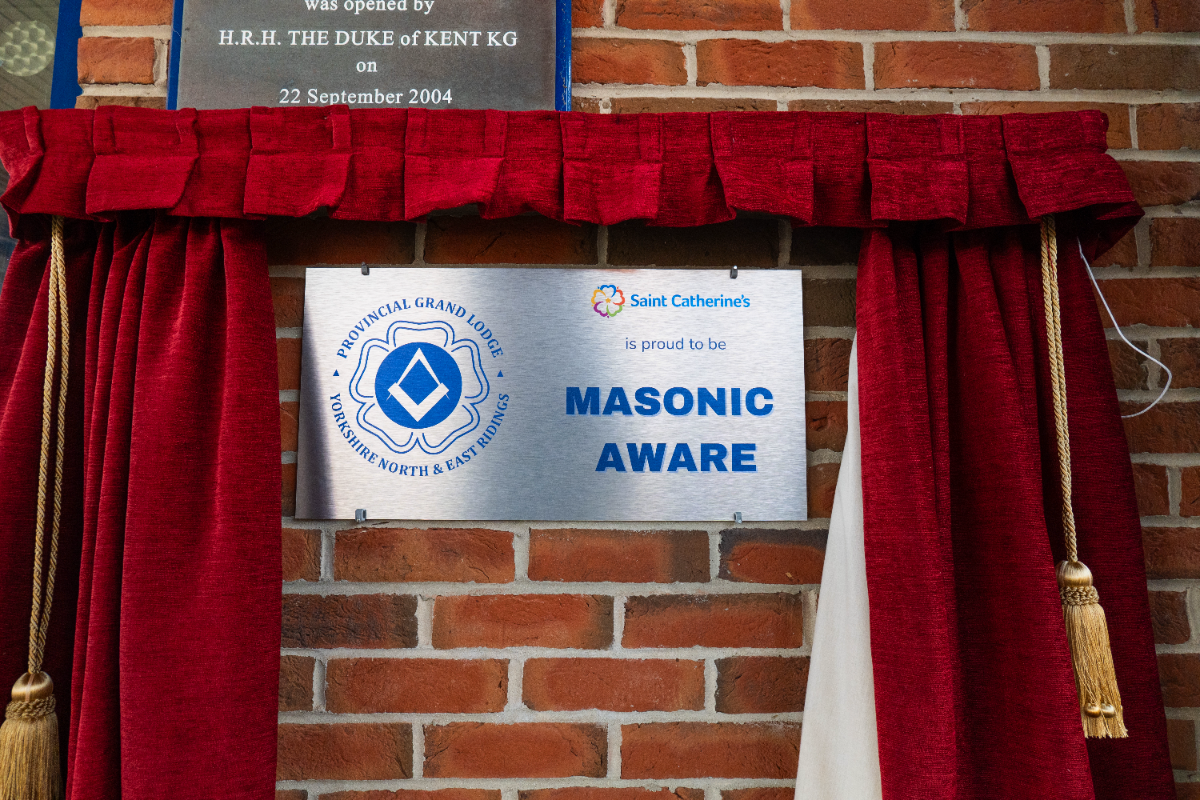 Saint Catherine’s Becomes First UK Hospice to Launch Masonic Aware Initiative
Saint Catherine’s Becomes First UK Hospice to Launch Masonic Aware Initiative
 Candidates Confirmed for First Scarborough Town Council Elections
Candidates Confirmed for First Scarborough Town Council Elections
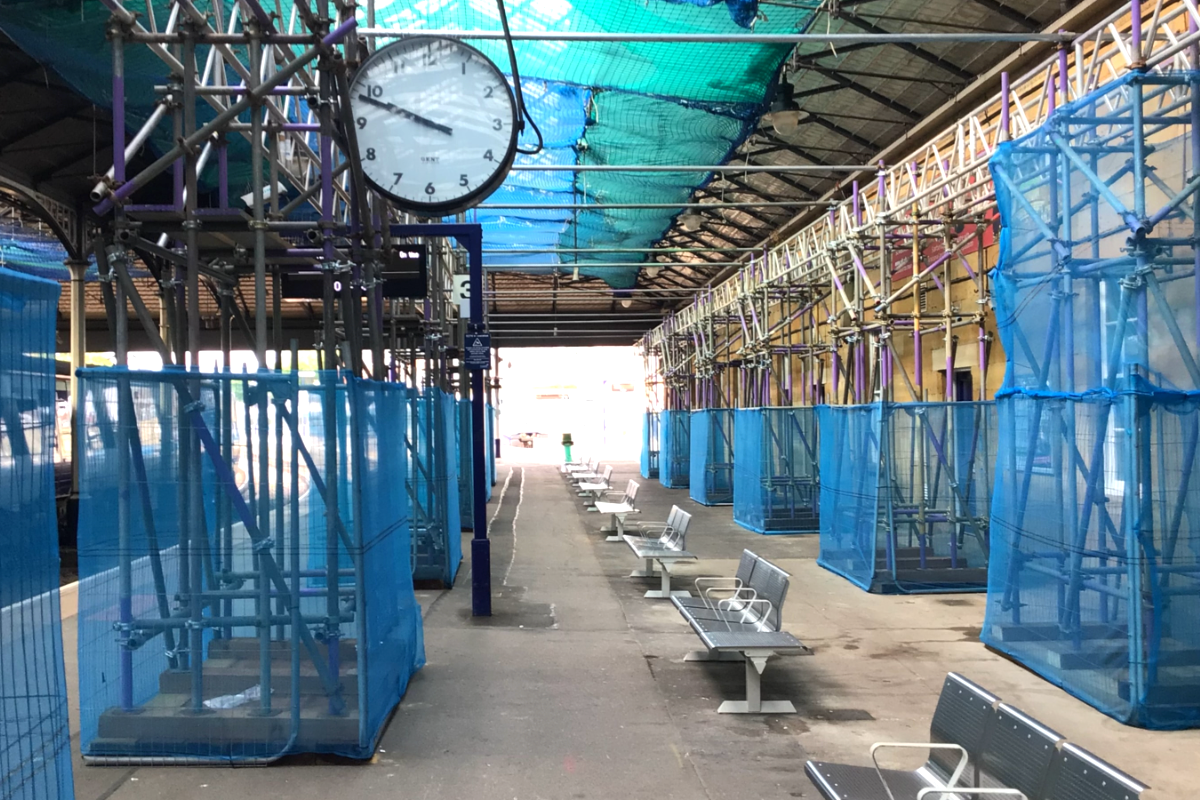 Scarborough Station Set for Multi-Million-Pound Roof Renovation
Scarborough Station Set for Multi-Million-Pound Roof Renovation
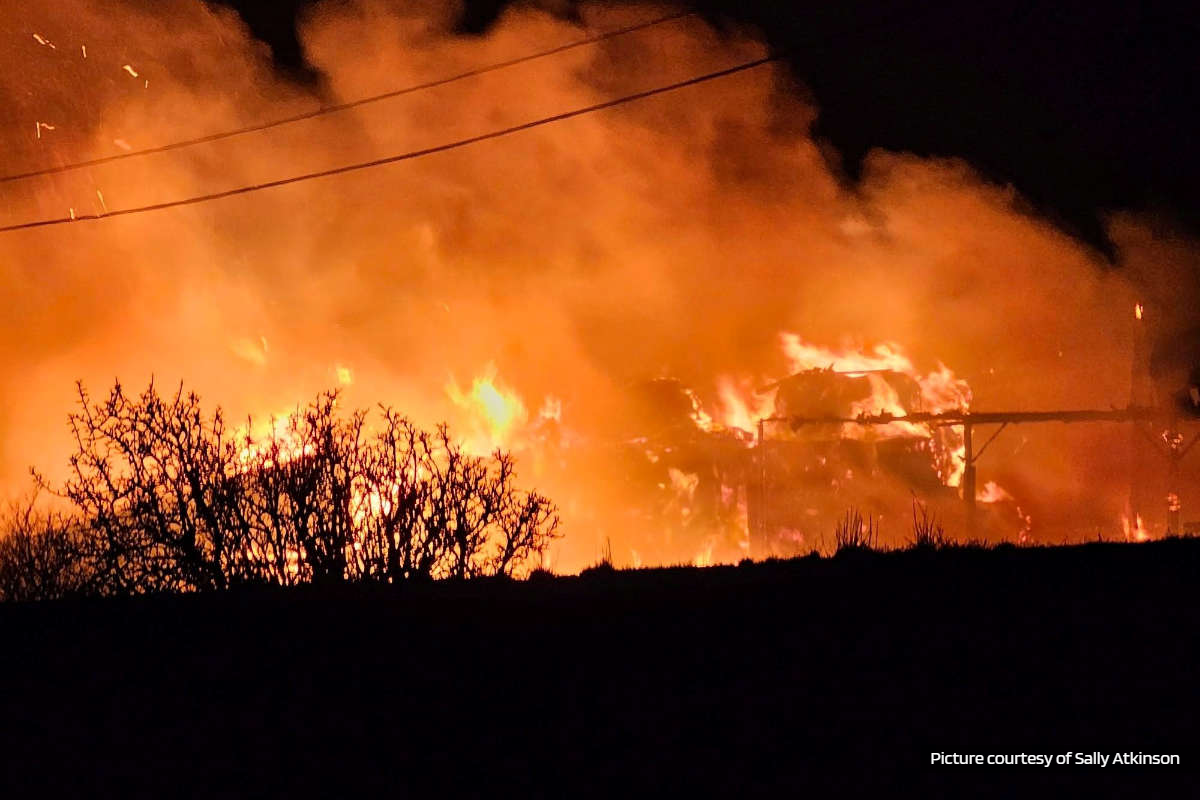 Renewed Appeal Following "Shocking" Arson in Whitby
Renewed Appeal Following "Shocking" Arson in Whitby
 Six Candidates Standing to Become First Elected Mayor of Hull and East Yorkshire
Six Candidates Standing to Become First Elected Mayor of Hull and East Yorkshire
 Construction to Start on Whitby Maritime Hub
Construction to Start on Whitby Maritime Hub








Comments
Add a comment